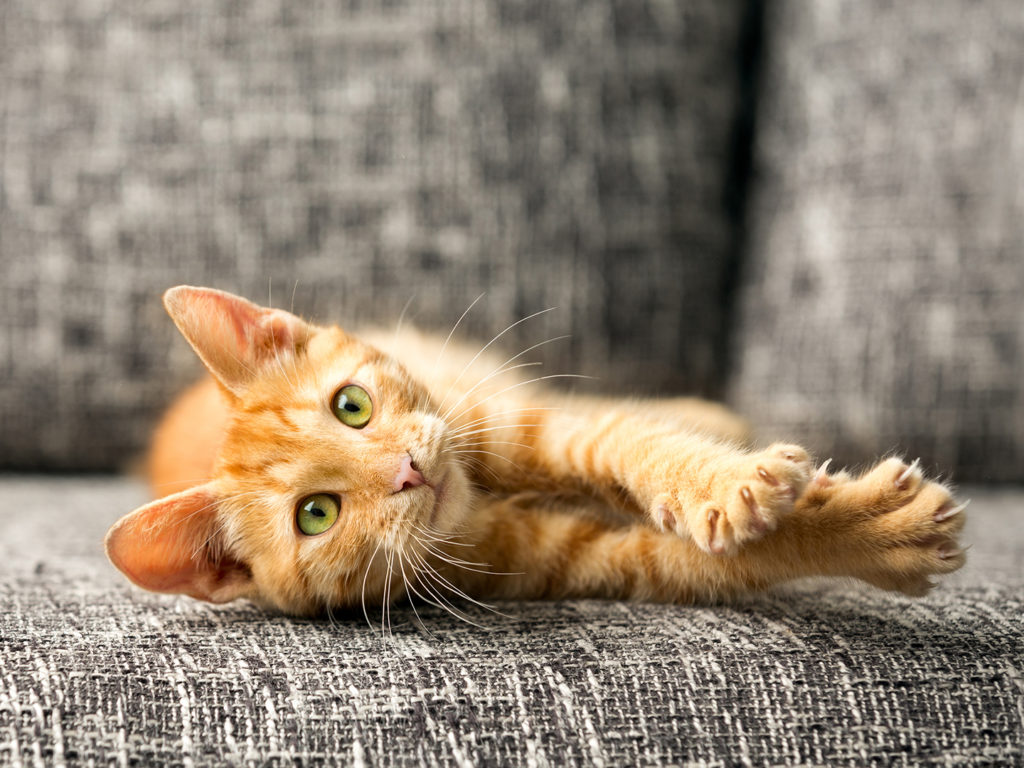Wobbly Cat Syndrome: An Interesting But Harmless Condition

While most cats are nimble and graceful, some are born with a rare condition commonly known as “Wobbly Cat Syndrome” that affects their ability to balance. But despite a lack of coordination, these cats can live full and happy lives like any others.
Dr. Joseph Mankin, a clinical associate professor in neurology at the Texas A&M College of Veterinary Medicine & Biomedical Sciences, goes into detail on this condition, technically called cerebellar hypoplasia, and how owners can make life easier for affected cats.
“Cerebellar hypoplasia is a condition in which the cerebellum, the part of the brain that is responsible for coordination and balance, does not develop properly,” Mankin said. “It results in cats that have exaggerated movements of their legs and head, as those movements are normally controlled by the cerebellum.”
The main clinical sign of this condition is ataxia, or a lack of coordination. This is usually seen as wobbling when standing or walking, as well as jerking movements of the head while eating or drinking.
This condition is not contagious and does not develop over time; if a cat has cerebellar hypoplasia, it will be present from birth.
“The most common cause is an in-utero infection with the feline panleukopenia virus,” Mankin said. “The virus attacks the developing cerebellum, resulting in a cerebellum that is not able to form properly.”
If a cat without cerebellar hypoplasia suddenly becomes wobbly or shows a lack of balance, or if a cat with the condition has symptoms that become worse than usual, it should be examined by a veterinarian, as there is most likely another factor causing the issue.
While this condition has no treatment or cure, it usually does not cause cats any serious or harmful effects.
“These cats can live long and healthy lives; they just look a bit funny when they walk around,” Mankin said. “As they grow older, they may learn to compensate for their cerebellar dysfunction and although their clinical signs will not go away, they may improve greatly.”
Despite some small changes in their environment, cats with cerebellar hypoplasia typically do not need any medication or extra care.
“These cats should ideally be kept indoors and in a place where they are less likely to fall or injure themselves,” Mankin said.
Overall, cerebellar hypoplasia is nothing to fear and can even be seen as an endearing trait of these uncoordinated kitties. As long as an owner is willing to keep an eye out for hazards and be patient with a cat that moves a little slower than most, “Wobbly Cat Syndrome” should have no negative impact on their bond with their feline friend.
Pet Talk is a service of the College of Veterinary Medicine & Biomedical Sciences, Texas A&M University. Stories can be viewed on the web at vetmed.tamu.edu/news/pet-talk. Suggestions for future topics may be directed to editor@cvm.tamu.edu.


